This faience sculpture depicts an elegant woman holding two leaping greyhounds, captured in a graceful and dynamic movement. The scene rests on an elongated rectangular base. The material has a glossy enamel finish with metallic reflections, dominated by dark tones (steel gray) and accented with pale green hues in the drapery of the skirt, highlighting contrast and the modernity of the composition.
The lines are fluid, the bodies elongated and almost stylized: the woman embodies elegance, while the greyhounds suggest speed and nobility. The ensemble is highly graphic, almost choreographic in its staging.
The piece clearly fits within the Art Deco style:
Sleek, elongated, and stylized forms;
Representation of the modern woman—free, elegant, and in motion;
Interest in stylized fauna (in this case, greyhounds, fashionable animals during the Roaring Twenties);
Glossy enamel with metallic reflections, typical of decorative trends of the time.
Art Deco followed Art Nouveau, moving away from floral curves in favor of geometry, momentum, and a kind of luxurious austerity. This sculpture is a perfect example of the modern aesthetic of the interwar period.
3. The Thulin Faience FactoryThe Thulin faience factory, active in Belgium (Hainaut province) from the 19th century onward, became known for its ability to follow and embrace aesthetic trends, notably Art Nouveau and Art Deco.
Specializing in fine, glazed, and artistic faience, the factory produced both utilitarian items and decorative works.
Its Art Deco production is sought after for its metallic finishes, dynamic forms, and high-quality glaze.
Pieces signed or stamped “Thulin” are now collector’s items, bearing witness to Belgian ceramic craftsmanship from the early 20th century.





















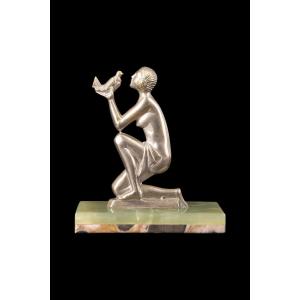











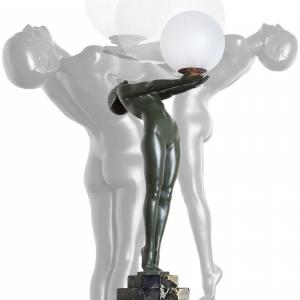
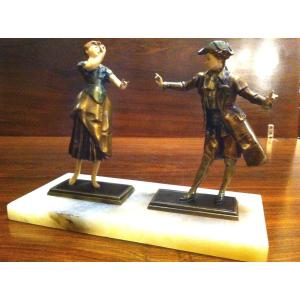
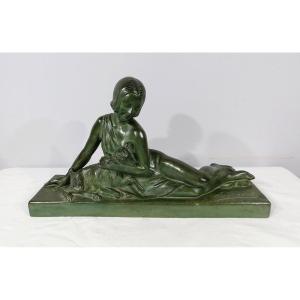
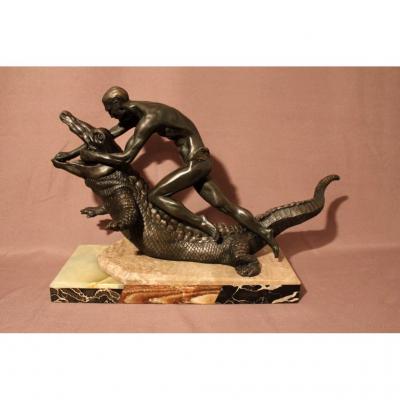



 Le Magazine de PROANTIC
Le Magazine de PROANTIC TRÉSORS Magazine
TRÉSORS Magazine Rivista Artiquariato
Rivista Artiquariato